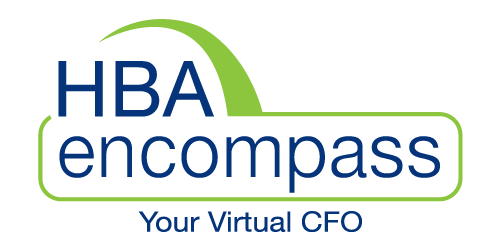Avoiding CGT in your SMSF
March 15, 2016 11:04 am | | Categorised in: Firm journalIt may be beneficial for trustees who buy and sell assets through their self-managed super fund to start a transition to retirement pension to escape the burden of capital gains tax.
Capital gains are profits that an SMSF makes on the sale of an asset. Capital gains tax (CGT) is a tax on the profits that a fund, or an individual, makes on the sale of an asset. According to the ATO, CGT refers to the income tax an SMSF pays on any net capital gain it makes e.g. when the fund sells an asset as part of a CGT event, the fund becomes subject to CGT.
While CGT is payable in Australia’s superannuation environment, different rates apply to different situations.
Before a pension is established within an SMSF, any assets the fund has held for less than 12 months will be taxed at 15 per cent, and assets the fund has held for more than 12 months will receive a 33 per cent discount. Therefore, the CGT rate will be 10 per cent.
Once an SMSF trustee is in pension mode, there will be no CGT payable on any transactions. This also goes for all account-based pensions and all transition to retirement pensions, making it one of the main reasons why putting money into superannuation as the lower tax rate will guarantee better returns.
For the reason outlined above, it may also be in a trustee’s best interest to start a transition to retirement pension as soon as they turn their preservation age, which is currently 56 years old.
